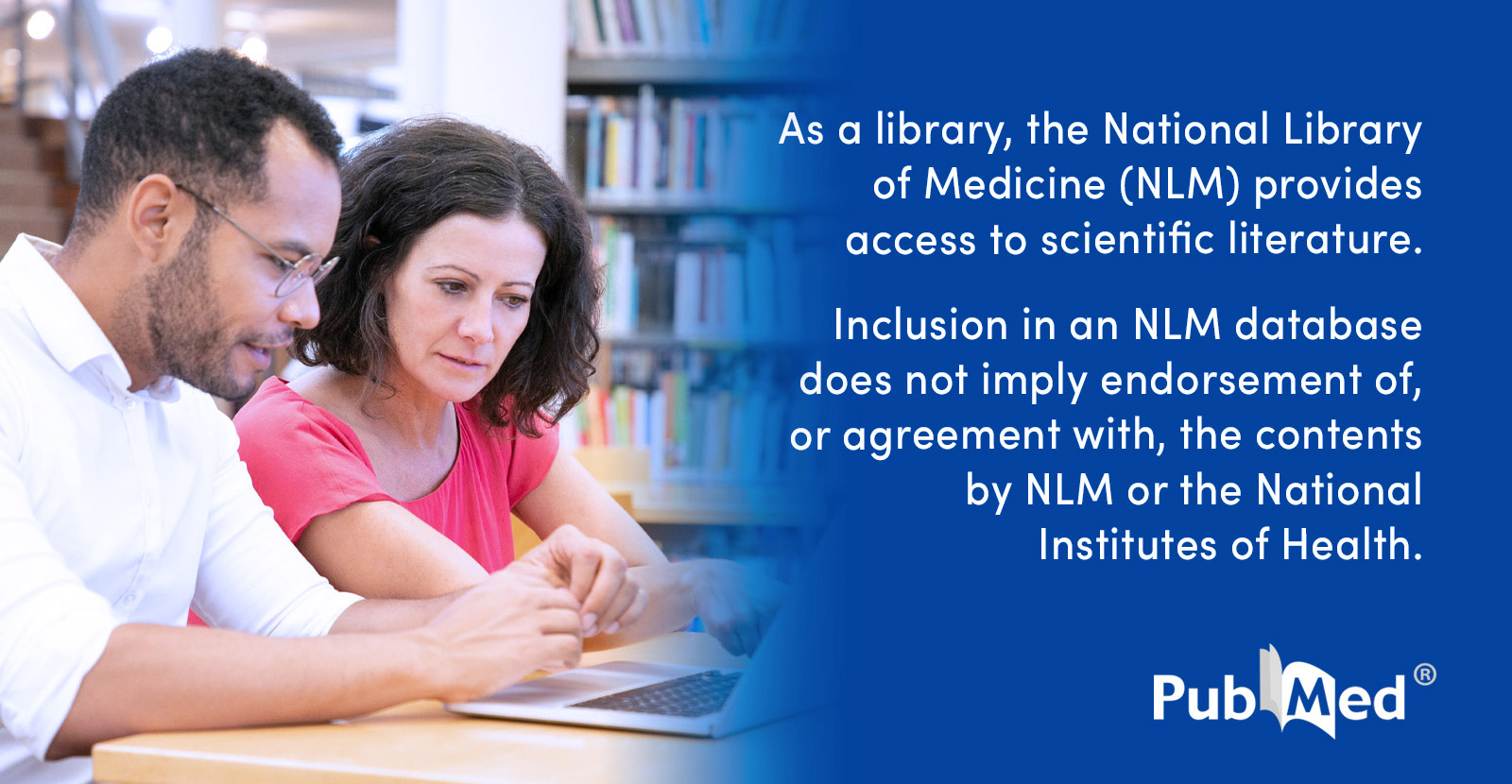- Joined
- Mar 18, 2008
- Messages
- 5,717 (0.97/day)
| System Name | Virtual Reality / Bioinformatics |
|---|---|
| Processor | Undead CPU |
| Motherboard | Undead TUF X99 |
| Cooling | Noctua NH-D15 |
| Memory | GSkill 128GB DDR4-3000 |
| Video Card(s) | EVGA RTX 3090 FTW3 Ultra |
| Storage | Samsung 960 Pro 1TB + 860 EVO 2TB + WD Black 5TB |
| Display(s) | 32'' 4K Dell |
| Case | Fractal Design R5 |
| Audio Device(s) | BOSE 2.0 |
| Power Supply | Seasonic 850watt |
| Mouse | Logitech Master MX |
| Keyboard | Corsair K70 Cherry MX Blue |
| VR HMD | HTC Vive + Oculus Quest 2 |
| Software | Windows 10 P |
Quite interesting news to be honest. This was published a while ago in Science magazine

 newsinhealth.nih.gov
newsinhealth.nih.gov
Full PDF of paper can be found here:
Looks like the gene GPLD1 diffused in blood is key in keeping neurons healthy in aging organisms. This gene is usually expressed in Liver. There are no good correlation but you can argue that damaged liver tissue would for sure have potential negative outcome for production of GPLD1. In case you are wondering, the GPLD1 stands for glycosylphosphatidylinositol-specific phospholipase D. This gene regulates the available high-density lipoprotein (HDL) in your blood. HDL is commonly know as the "beneficial lipids-protein complex".
Unfortunately, one cannot just go synthesize these protein in E.coli and injected yourself and expect ever lasting life. This exact same gene was also previously associated with per-diabetes.

 pubmed.ncbi.nlm.nih.gov
pubmed.ncbi.nlm.nih.gov
Anyway, this is a very cool phentype-genotype-gene study where one specific desired trait can be pinned down to one individual gene. I see quite a lot of pharmaceutical applications here. For example, where in the brain does it matter the most for the plasma carried GPLD1? Can we use partial GPLD1 amino acid chain to achieve similar effect without causing the undesired diabetes effect?
Here is the protein structure of the GPDL1 protein. You can see the it forms a barrel like structure in the center.


Protein May Reverse Age-Related Memory Loss
A new study reveals how physical activity may slow the decline in learning and memory as you get older.
Full PDF of paper can be found here:
Looks like the gene GPLD1 diffused in blood is key in keeping neurons healthy in aging organisms. This gene is usually expressed in Liver. There are no good correlation but you can argue that damaged liver tissue would for sure have potential negative outcome for production of GPLD1. In case you are wondering, the GPLD1 stands for glycosylphosphatidylinositol-specific phospholipase D. This gene regulates the available high-density lipoprotein (HDL) in your blood. HDL is commonly know as the "beneficial lipids-protein complex".
Unfortunately, one cannot just go synthesize these protein in E.coli and injected yourself and expect ever lasting life. This exact same gene was also previously associated with per-diabetes.

MASP1, THBS1, GPLD1 and ApoA-IV are novel biomarkers associated with prediabetes: the KORA F4 study - PubMed
We discovered novel and independent associations of prediabetes and related traits with MASP1, and some evidence for associations with THBS1, GPLD1 and ApoA-IV, suggesting a role for these proteins in the pathophysiology of type 2 diabetes.
Anyway, this is a very cool phentype-genotype-gene study where one specific desired trait can be pinned down to one individual gene. I see quite a lot of pharmaceutical applications here. For example, where in the brain does it matter the most for the plasma carried GPLD1? Can we use partial GPLD1 amino acid chain to achieve similar effect without causing the undesired diabetes effect?
Here is the protein structure of the GPDL1 protein. You can see the it forms a barrel like structure in the center.

